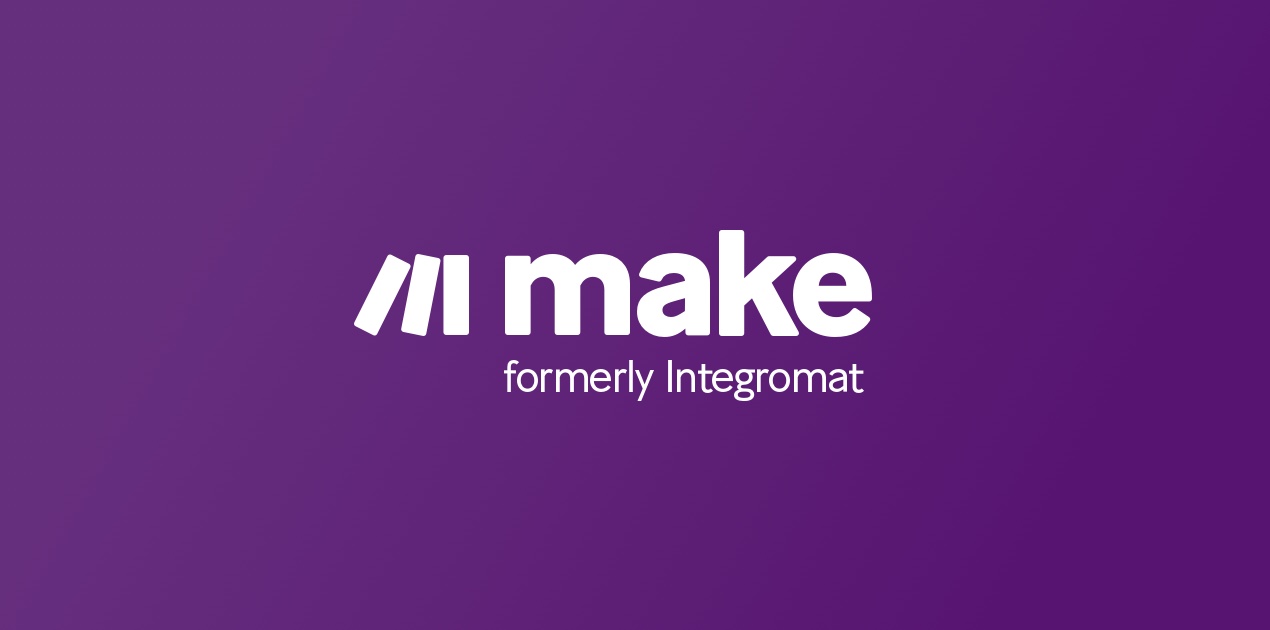**Workflow Steps:**
🕒 **Initiation**: Use a Cron node in n8n to start the workflow at specific times or intervals depending on when you need new HTML content.
🎨 **Design Inputs**: Use an n8n Set node to input design details like color scheme and layout preferences and mention any CSS frameworks (e.g., Bootstrap, Tailwind CSS).
🤖 **AI Prompt Setup**: Create a detailed prompt for the AI which specifies the kind of HTML page to create and any design specs or functions using an n8n Function node.
🔗 **AI Connection**: Connect to an AI-based HTML generation service like OpenAI's Codex API using an HTTP Request node. Make sure the prompt specifies 'consistent, stylish, and valid HTML output'.
🛠️ **AI Response Processing**: Use a Function node to check the HTML received from the API through a validation service API like W3C's validation API, to make sure it's compliant with web standards.
🚫 **Error Check**: If errors are found with an IF node, resend a prompt to the AI service asking for corrections till the code is fully valid as per W3C standards.
💾 **Storing Code**: Save the AI-generated HTML in a location like an AWS S3 bucket using a Write Binary File node once it's confirmed to be valid.
📧 **Completion Alert**: Use an email service like SendGrid to notify the user that the code is created and saved, and provide instructions on how to access it.
🔄 **Feedback**: Include a Webhook node for users to give feedback on the HTML. Incorporate useful feedback into the prompt setup for future improvement.
⚠️ **Error Alerts**: Set up an Error Trigger node to notify the user or system administrator of any workflow issues.
**APIs/Tools Used:**
– OpenAI's Codex API
– W3C's Validation API
– AWS S3
– SendGrid API

